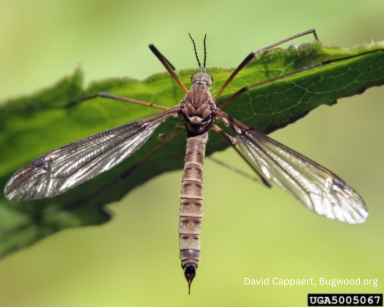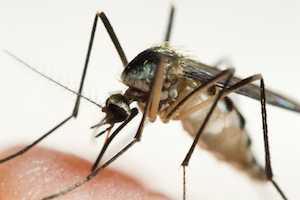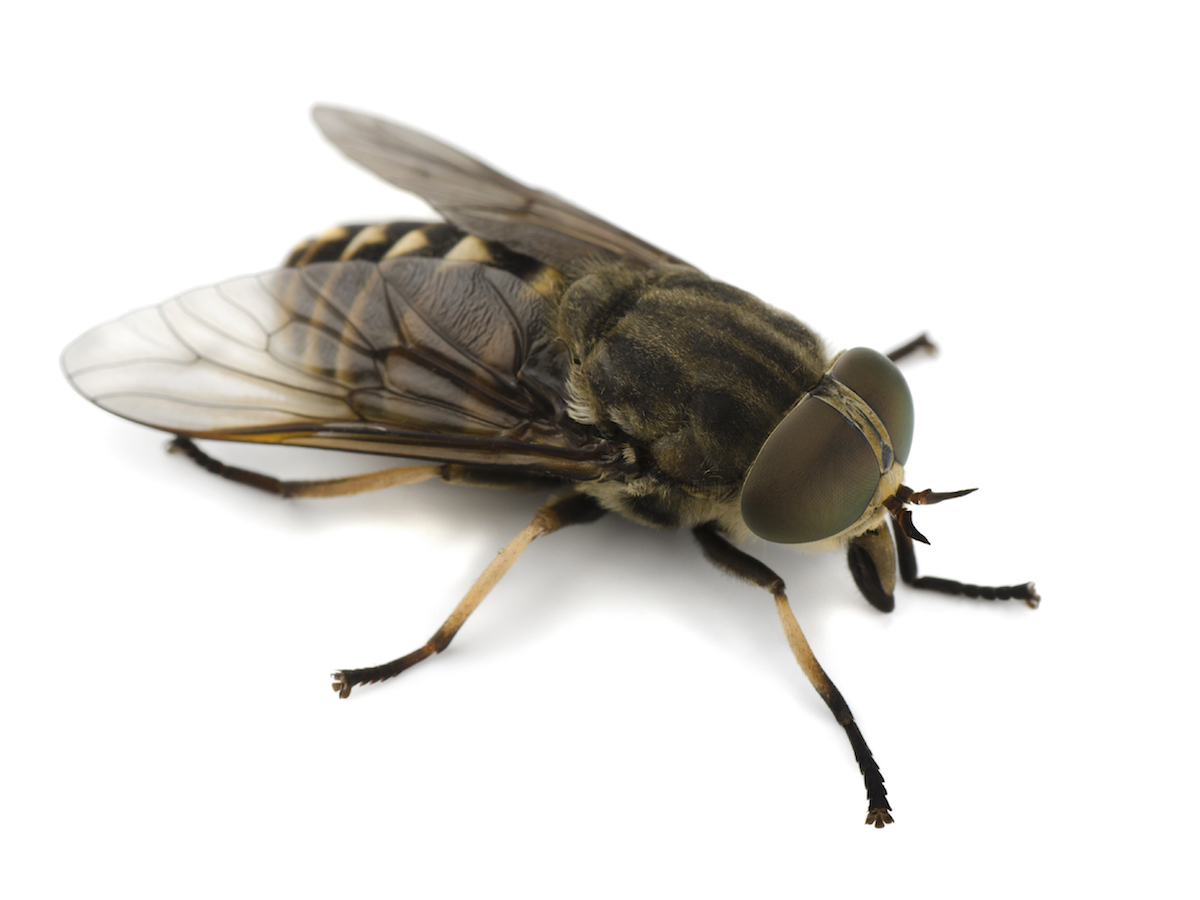Crane Fly NEED

Crane Fly Identification
Color: NEED
Size: NEED
Legs: 6
Antennae: Yes
Shape: NEED
Region: NEED
What Is a Crane Fly?
Crane flies, sometimes called “mosquito hawks” or “mosquito eaters”, are large insects that are often mistaken for giant mosquitoes due to their long legs and slender bodies. Despite their intimidating appearance, crane flies are harmless to humans, and do not bite or sting.
There are more than 500 species of crane flies in North America, but they are hard to distinguish from one another without expert identification.
This insect species is large and has a relatively short lifespan. While they don’t pose any threats to humans, some species of crane fly larvae can damage property by destroying plant roots.
Crane flies have very slender bodies, long legs, and one pair of large wings. They have antennae-like appendages called halteres next to their wings that help them retain balance while flying. Both male and female flies are brownish in color and can grow to 1.5 inches long.
Crane flies can be found almost anywhere throughout the United States, particularly in moist wooded areas and fields. The lifestyle of a crane fly depends on which kind of species it is. Some eat the larvae of other insects, while others consume decaying vegetation and roots of plants. Crane flies that only focus on mating drink nectar from flowers. Crane fly larvae are usually semi-aquatic, living in damp environments with organic material.
Crane flies are gangly insects that have unfairly earned a bad rap, often mistakenly identified as giant mosquitoes due to their similar appearance, but unlike their bloodsucking lookalikes, they don't bite humans, pose no threat to our health, and don't spread any diseases. They can be a nuisance as they are attracted to light and will enter your home at night. Crane flies look scary, but they are essentially harmless.
Crane fly infestations are determined by the sight of this pest.
Proper yard management, such as keeping grass trimmed and avoiding the pooling of water, can deter crane flies from your property. As with most other pests, screening doors and windows, as well as sealing any holes or crevices, are also ways to prevent crane flies from coming indoors.




